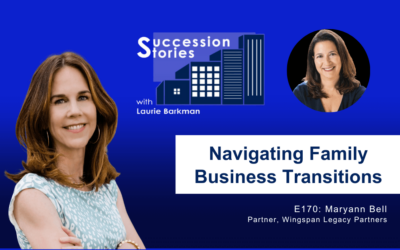“A common challenge for organizations of any size is to become better at asking the right questions to focus on the right problems”
A common challenge for organizations of any size is to become better at asking the right questions to focus on the right problems. Several years ago, I was running a business as CEO. I wanted to better enable my team to solve operational problems we were facing. One of the resources we used was the book Managing to Learn by John Shook from The Lean Enterprise Institute.
Shook describes problem statements as enabling organizations to elevate problems, rather than hide them.
My thanks to Nicolas Cesare and Newsweek for including my perspective in the article, “How to Write a Problem Statement (Plus Example).” In this post, I’ll delve deeper into the art of creating problem statements and why they are vital for businesses.
A problem statement starts with understanding the current conditions of the business situation. Before writing a problem statement, gather information.
Describe where things stand today.
- What issues are surfacing?
- Why am I posing this problem?
- What is the broader business context of the issue?
- How much? How long? How many?
For example, this could include cost overruns, delays, errors, complexity, or employee turnover. It is helpful to show the information visually using graphs, drawings, charts, maps, etc.
Seeing the right problem and defining it accurately is the key to the entire process. Reflect on what the problem really is. Why is it important? How does it tie into what we want to accomplish?
Talk with individuals who are on the front line of the issues. Don’t make assumptions.
Let the data tell the story that anyone on the team can understand. Having facts and the reality of the condition enable the team to understand and debate the actual nature of the situation. The problem statement should create context and definition to the eventual ‘resolution.’
Be careful not to jump to conclusions about the problem, what caused it, and what to do about it. In the movie “My Big Fat Greek Wedding,” the father of the bride sprayed ammonia on anyone with a health malaise which ultimately did not solve their problem.
I also encountered this in my experience. Good people want to get work done, and might take shortcuts with quick fixes that would likely fail in the long-run. There may be problems beneath the problems! Take the time to work through the process.
Components of a problem statement:
- Clearly state the specific problem.
- Include detail to explain why it is important.
- State who the problem involves.
Problem statements can contribute to business success by:
Aligning to core values
In my organization, one of our core values was teamwork. Having tools like these can make an impact on team culture. It encourages a management style based on responsibility rather than a command-and-control style of authority. Companies can develop leaders who discover root causes rather than jumping to solutions without addressing underlying issues.
Encouraging innovation
Throughout my corporate career, and teaching corporate entrepreneurship at Carnegie Mellon University, I have seen how the ability to articulate the problem can drive innovation in large companies and startups alike. Clarifying the importance of the issues is the core foundation to finding solutions and securing resources to address the market challenges.
In a business landscape defined by change and uncertainty, crafting an effective problem statement is a skill that can steer your organization toward efficient solutions and lasting success. So, remember, when faced with a problem, your first step is to write a clear and precise problem statement. It’s the foundation upon which your problem-solving journey begins.
















